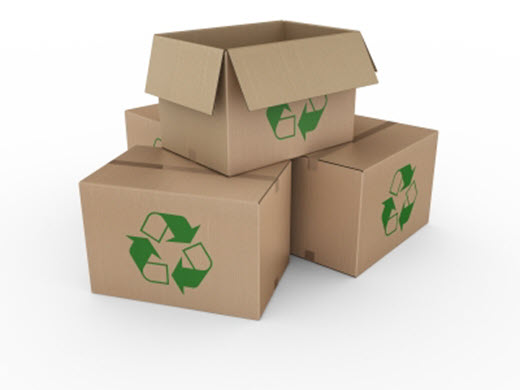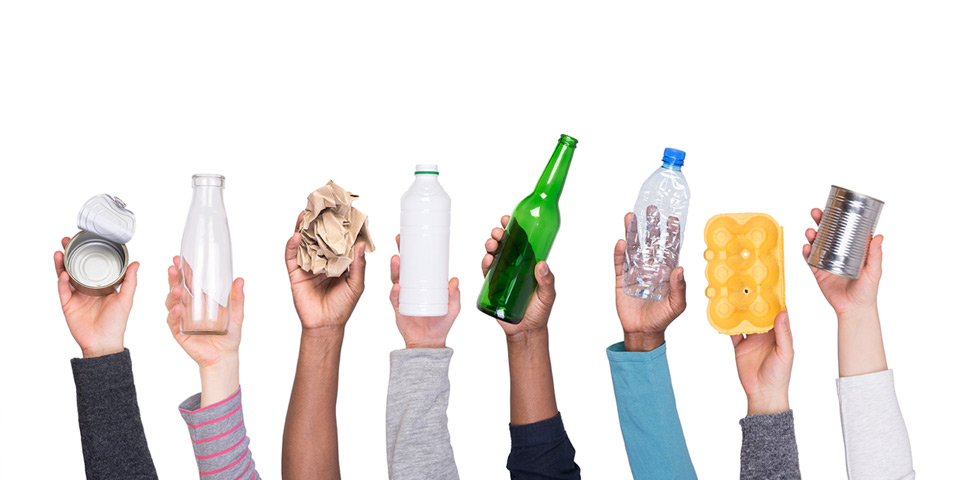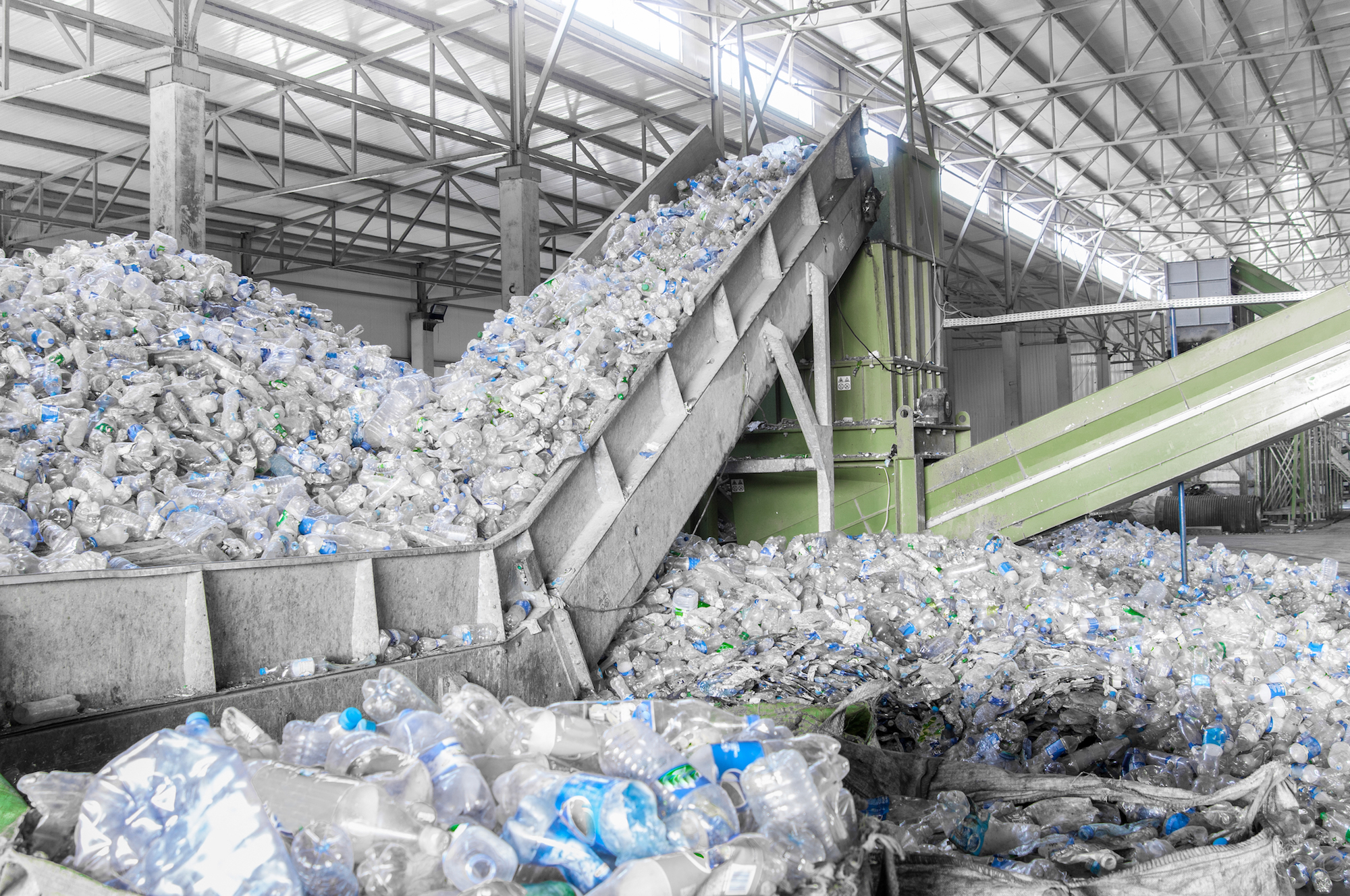In our other article about sustainability, we have introduced recycled sand application in the casting industry.
In this one, we would like to introduce another application that contributes to our sustainability in the factory.
In a report posted by The World Bank1, at least 33% of the municipal solid waste was not managed environmentally safely. Also, global waste is likely to increase to 3.4 billion tonnes by 2050. All society needs to act towards the waste crisis, especially for enterprises.
In 2020, The National Development and Reform Commission (NDRC) and the Ministry of Ecology and Environment (MEE) have proposed a series of policy measures to actively tackle plastic pollution, ban and restrict the production, sale, and use of some plastic products in an orderly manner, actively promote recyclable and easy-to-recycle alternative products, increase the supply of green products, regulate the recycling of plastic waste, establish a sound management system for all aspects, and combat plastic pollution in a strong, orderly and effective manner.

In addition to government policies, it is also crucial for companies to act toward waste reduction generated in the process of production.
Following the trend of the sustainable corporation, companies are willing to pay to make changes to achieve their environmental strategies and social responsibility goals does not, of course, exclude the possibility that the commercial benefits that can be generated are also a major factor in the drive for sustainable packaging development.
Environment, Society and Governance, often referred to as ESG strategies, are listed as a key part of many companies' development because of the growing eco-consciousness of consumers and investors.
By making companies more resource-efficient, they can improve their scores and potentially gain more business value, including improved brand reputation, customer and employee loyalty, and access to capital.
Adopting the three R’s- Recycle, Reuse and Reduce is one of the most important ESG strategies in Tianhe Casting Group.
The most important aspect of recyclability is in fact in the transport sector, which is more of a company-to-company, B2B model.
The most important part of this is transportation. The turnover of goods between factories, the turnover of goods within the factory itself, and the storage of goods are all everyday actions that can be used in a recyclable way.

For example, previously in the transport process, there was more disposable packaging, such as cardboard boxes, which are one-off packaging products.
The upstream transported the product directly to the downstream along with the paper packaging, which was disposable and the downstream customer would simply discard the packaging after receiving it.
In the case of small-scale transport for small companies, there will be a greater preference for disposable packaging, as the cost of disposable packaging for one cargo is very low.
But for large companies, who transport their goods many times and on a large scale, the total cost of using disposable packaging products is very large.
Therefore, as enterprises become stronger and stronger, the recyclability of logistics packaging is also very urgent.
In Tianhe Casting, the design of packaging often follows 6 main principles in the automotive industry.
In this article, three out of six principles will be introduced. That is Safety, Quality, and Standardization.
Safety principles
Safety of the packaging in all aspects of use, transport, and handling, avoiding collapse, loose packages, load breaks, and breakage during the logistics process.
The use of flap structures in the form of spreader bars is used wherever possible, and the use of gas spring devices is restricted.
Strengthen the audit of safety parts such as gas springs and castors.
Avoid safety hazards for the operator during the loading and unloading of parts.

Quality principles
Packaging in the automotive industry should be able to protect the quality of parts, especially for fragile parts and parts paint surface and processing surface, to prevent parts damage, pollution, rust, moisture, and broken; in the process of transport, handling, storage of various operational links, unitized packaging should be durable, easy to operate and maintain; to ensure the quality of use in the process of geographical climate change.
Standardization principles
Automotive industry packaging to comply with the standard GB/T4892-2008 rigid rectangular transport packaging size series of standardized size chain (modulus 600 * 400), and packaging specifications, structural forms and material selection should give priority to standard boxes, standard pallets, standard apparatus and another standardized size packaging, convenient stacking, handling, saving volume, easy to clean and repair, reduce transport, management and other costs, improve Logistics efficiency.
It is recommended that new packaging materials be gradually promoted in the design and defective materials be eliminated. New technologies and techniques should be adopted wherever possible, and biodegradable and environmentally friendly materials should be used.
In our next article, we will present the next three main principles in designing our packaging standard with real examples from the factory.
Reference:
1. 世界银行,https://datatopics.worldbank.org/what-a-waste/trends_in_solid_waste_management.html
2. The Investopedia team (2022), https://www.investopedia.com/terms/e/environmental-social-and-governance-esg-criteria.asp[L1]
Post time: Jun-23-2022
